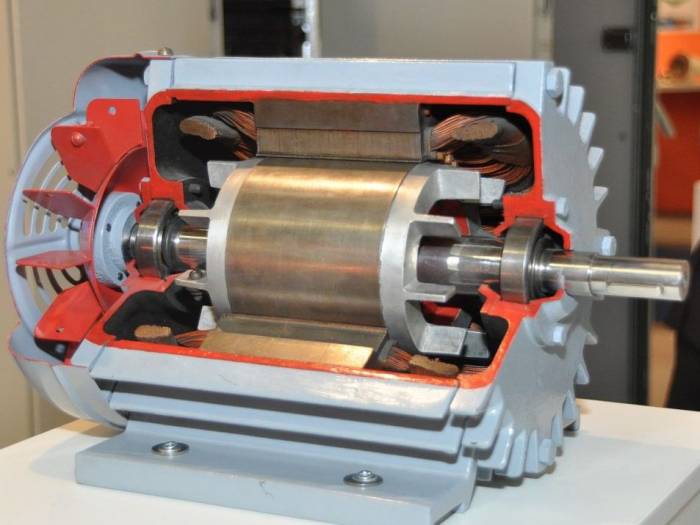Permanent magnet motor and permanent magnet-1
The permanent magnet motor uses permanent magnets to generate the motor's magnetic field. It does not require an excitation coil or excitation current. Compared with the traditional electric excitation motor, it has significant advantages such as high efficiency and simple structure. The application range of permanent magnet motors is extremely wide, covering almost all areas of aerospace, national defense, industrial and agricultural production and daily life. With the development of high-performance permanent magnet materials and the rapid development of control technology, the application of permanent magnet motors will become More extensive.
Principle and structure of permanent magnet motor
Everyone knows that there are many types of motors, but the basic principles are the application of electromagnetism and electromagnetic induction to realize the mutual conversion of electrical energy and kinetic energy. If you want to know more about the basic principles and structure of motors, you can click to view the basic principles and basics of motors. structure. Today we take permanent magnet DC motors and permanent magnet synchronous motors as examples to briefly introduce permanent magnet motors.
1. Permanent magnet DC motor
The working principle and structure of permanent magnet DC motors are similar to ordinary DC motors, except that permanent magnet poles are used instead of current-excited poles. The commutation method can be divided into brush motors and brushless motors. The former is mechanically commutated, and the back Electronic commutation.
Taking a DC brush motor as an example, the magnetic poles of the permanent magnets are arranged on the same circle, and the blue magnetic lines of force represent the magnetic circuit of the motor.
The rotor of a permanent magnet brushed DC motor is composed of a rotor core, a rotor winding, a commutator, and a rotating shaft, just like the rotor of an ordinary DC motor. Insert the rotor and brush assembly into the stator to form a permanent magnet DC motor.
Small and medium power permanent magnet DC motors are widely used in electric bicycles, electric motorcycles, and scooters.
2. Permanent magnet synchronous motor
In recent years, the permanent magnet synchronous motor has developed rapidly. It is characterized by high power factor and high efficiency. It has gradually replaced the commonly used AC asynchronous motor in many occasions. Among them, the asynchronous start permanent magnet synchronous motor has superior performance and is a very Future energy-saving motors. The stator structure and working principle of a permanent magnet synchronous motor are the same as that of an AC asynchronous motor. The difference from an ordinary asynchronous motor is the rotor structure. Permanent magnet poles are installed on the rotor, and there are various positions of permanent magnets in the rotor.
The development of permanent magnet motors is closely related to the development of permanent magnet materials
The first motor in the world that appeared in the 1820s was a permanent magnet motor that generates an excitation magnetic field from a permanent magnet. However, the permanent magnet material used at that time was natural magnetite (Fe3O4), which had a very low magnetic energy density. The motor made from it was bulky and was soon replaced by an electric excitation motor.
With the rapid development of various motors and the invention of current magnetizers, people have conducted in-depth research on the mechanism, composition and manufacturing technology of permanent magnet materials, and have successively discovered a variety of permanent magnet materials such as carbon steel, tungsten steel, and cobalt steel. . Especially the AlNiCo permanent magnets that appeared in the 1930s and the ferrite permanent magnets that appeared in the 1950s have greatly improved their magnetic performance, and various micro and small motors have used permanent magnets for excitation. However, the coercivity of AlNiCo permanent magnets is low, and the remanence density of ferrite permanent magnets is not high, which limits their application range in motors. Until the 1960s and 1980s, samarium cobalt permanent magnets and neodymium iron boron permanent magnet materials came out one after another. Their high remanence, high coercivity, high energy product and excellent magnetic properties of linear demagnetization curve are particularly suitable for Manufacturing motors, so that the development of permanent magnet motors has entered a new historical period.
Magnet Forever offers you more professional magnet knowledge

